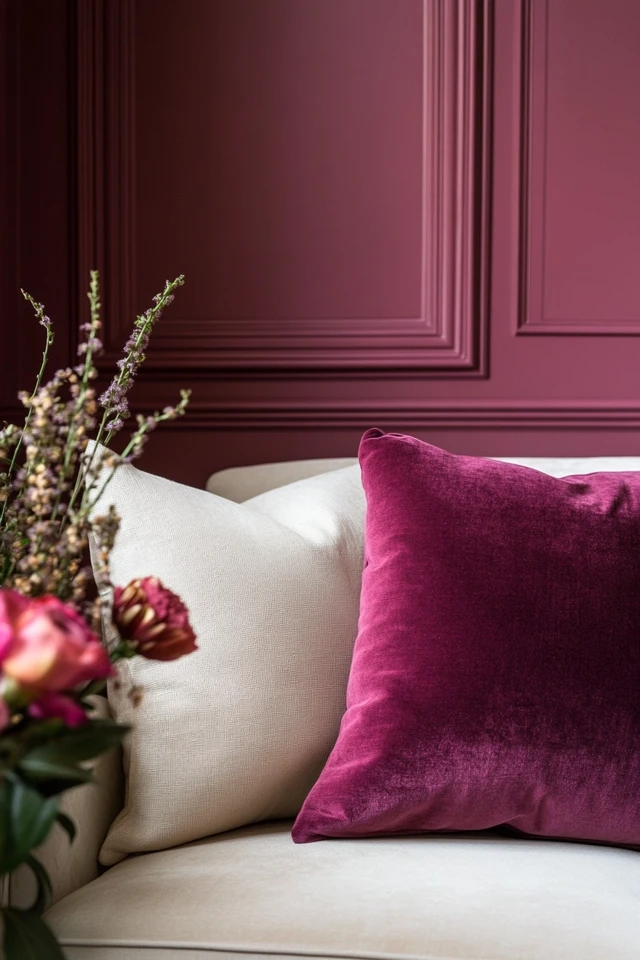Sometimes, it’s the little things that make the biggest difference. You don’t always need a major renovation or expensive furniture to give your room a new look. Subtle enhancements—small changes in decor, lighting, and layout—can elevate your space, making it feel fresher, more polished, and undeniably inviting. I’ve learned this lesson countless times in my career as a designer. Once, I helped a client transform a plain living room by simply rearranging the furniture, adding a couple of textured pillows, and swapping out a harsh overhead light for a table lamp. The room went from bland to beautiful without a big budget or major effort.
Subtle changes may seem minor, but they add up, creating a room that feels cohesive, stylish, and visually appealing. The best part? These tweaks are often quick, easy, and budget-friendly, making them perfect for anyone looking to refresh their space.
Let’s explore the most effective ways to subtly enhance your room and boost its visual appeal.
1. Introduce Layered Lighting
The Power of Lighting
Lighting is one of the most impactful elements of design. Even the most beautifully decorated room can fall flat under poor lighting. Layered lighting creates depth, enhances mood, and highlights key areas of the space.
How to Layer Lighting
- Ambient Lighting: Start with overhead lights, like chandeliers or recessed fixtures, to provide general illumination.
- Task Lighting: Add table lamps, floor lamps, or under-cabinet lighting for focused activities like reading or working.
- Accent Lighting: Highlight artwork, architectural details, or decor with wall sconces, LED strips, or spotlights.
- Dimmers: Install dimmer switches to adjust the brightness and set the tone.
For a recent bedroom project, I layered warm overhead lighting with a soft-glow bedside lamp and fairy lights behind the headboard. The combination created a cozy, inviting atmosphere perfect for relaxing.
2. Refresh Walls with Subtle Touches
Why Walls Matter
Your walls are the backdrop of your room, and small changes here can have a big impact on the overall aesthetic.
Subtle Wall Enhancements
- Paint an Accent Wall: Choose a soft, complementary color to create visual interest without overwhelming the space.
- Add Texture: Use peel-and-stick wallpaper, beadboard, or paneling for a subtle textured effect.
- Gallery Wall: Create a small display of artwork, photos, or decorative items in matching frames for a cohesive look.
- Floating Shelves: Install minimalistic shelves to display plants, books, or small sculptures.
For a client’s home office, we added a single floating shelf above the desk, styled with a few books and a small plant. It was a simple addition that made the space feel more curated.
3. Layer Textures for Depth
Why Texture Adds Visual Appeal
Texture brings a sense of dimension and warmth to a room. Even in a neutral color palette, varying textures can make the space feel rich and dynamic.
How to Layer Textures
- Pillows and Throws: Mix materials like velvet, linen, and faux fur for a tactile appeal.
- Rugs: Add an area rug with a subtle pattern or texture to anchor the space. Layer a smaller, softer rug on top for contrast.
- Curtains: Choose fabrics like linen, cotton, or velvet to add softness to your windows.
- Natural Elements: Incorporate woven baskets, rattan furniture, or jute accents for an earthy touch.
In my own living room, I layered a chunky knit throw over a leather armchair and added a braided jute rug under the coffee table. The combination created a warm, inviting space with plenty of visual interest.
4. Play with Symmetry and Balance
Why Balance Is Important
Symmetry creates harmony and a sense of order, which is pleasing to the eye. Achieving balance doesn’t mean everything has to match perfectly—it’s about distributing visual weight evenly across the room.
Tips for Achieving Balance
- Pair Decor: Use matching lamps, vases, or artwork on either side of a bed, sofa, or console table.
- Anchor Furniture: Place larger pieces (like a sofa or bed) at the center of the room and balance them with smaller accents on either side.
- Mix Heights: Use a combination of tall and low items to create a dynamic but balanced look.
For a client’s entryway, we styled a console table with two identical lamps on either end and a decorative tray in the center. The symmetry made the space feel polished and intentional.
5. Add Subtle Pops of Color
Why Color Boosts Visual Appeal
Small, intentional pops of color can breathe life into a neutral room without overwhelming it.
How to Add Pops of Color
- Accent Pillows: Swap out neutral pillows for ones in seasonal or trendy shades like mustard, sage, or navy.
- Decorative Accessories: Use vases, candles, or picture frames in bold hues.
- Artwork: Choose a piece with vibrant tones to act as a focal point.
- Flowers or Greenery: Add fresh or faux flowers in colorful arrangements to brighten the space.
For one project, I added a mustard-yellow throw and matching cushions to a grey sofa. The pop of color instantly made the room feel more cheerful and inviting.
6. Upgrade Small Details
Why Details Matter
Sometimes, the smallest upgrades can make the biggest difference. Replacing hardware, updating finishes, or adding unique accents can subtly elevate your room’s aesthetic.
Quick Upgrades to Try
- Cabinet Hardware: Swap out basic knobs or handles for stylish options in brass, matte black, or ceramic.
- Switch Plates: Replace plain switch plates with decorative ones that match your decor.
- Picture Frames: Upgrade to matching frames for a polished, cohesive gallery wall.
- Decorative Trays: Use trays to organize items on your coffee table, nightstand, or dresser.
In my own kitchen, I replaced the standard silver cabinet pulls with sleek matte black ones. It was a small change that made the whole room feel more modern and intentional.
7. Bring in Greenery
Why Plants Elevate a Room
Plants add life, color, and texture to your space. Even one or two well-placed plants can make your room feel fresher and more vibrant.
How to Use Plants Subtly
- Small Pots: Place tiny succulents or cacti on shelves, desks, or windowsills.
- Trailing Plants: Let vines like pothos or ivy cascade from high shelves.
- Statement Plants: Use a single large plant, like a fiddle-leaf fig or monstera, as a subtle focal point.
- Stylish Planters: Choose planters in ceramic, woven, or metallic finishes to complement your decor.
For a recent design, I added a single snake plant in a terracotta pot to the corner of a client’s living room. It brought a fresh, natural element to the space without overpowering it.
8. Use Mirrors to Reflect Light
Why Mirrors Enhance Visual Appeal
Mirrors make a room feel larger and brighter by reflecting light and creating the illusion of depth.
Tips for Decorating with Mirrors
- Large Mirrors: Lean a tall mirror against the wall to make a small room feel more expansive.
- Clustered Mirrors: Arrange multiple small mirrors in a gallery-style layout for a unique look.
- Functional Mirrors: Use mirrors with decorative frames as both art and utility.
In a small studio apartment, we hung a round mirror above the sofa. The reflection of light from the window instantly made the space feel bigger and brighter.
9. Create Subtle Focal Points
Why Focal Points Matter
A well-placed focal point draws the eye and anchors your room, preventing it from feeling cluttered or disjointed.
Ideas for Subtle Focal Points
- Art: Hang a single, striking piece of art above a bed, sofa, or mantle.
- Statement Furniture: Use an eye-catching chair, coffee table, or headboard as the focal point.
- Decor Arrangements: Style a console table or bookshelf with a balanced mix of books, plants, and decorative items.
For a minimalist bedroom, I used a large, abstract painting as the focal point above the bed. Its soft colors tied the room together without overwhelming the space.
10. Embrace Negative Space
Why Less Is More
Negative space (the empty areas in a room) is just as important as decor. It gives the eye a place to rest and prevents the room from feeling overcrowded.
How to Use Negative Space
- Edit Your Decor: Remove any items that feel unnecessary or out of place.
- Leave Gaps: Don’t fill every shelf, wall, or corner. Let some areas remain open.
- Prioritize Functionality: Keep walkways clear and furniture arrangements spacious.
For a client’s living room, we removed a bulky armchair that was crammed into a corner. The open space made the room feel larger and more balanced.
Picture Gallery
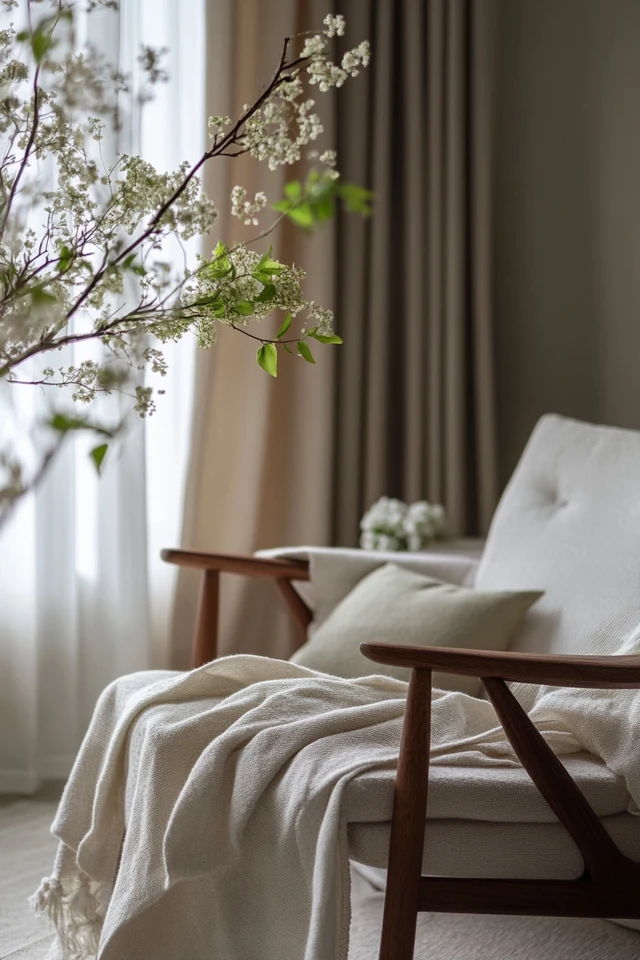
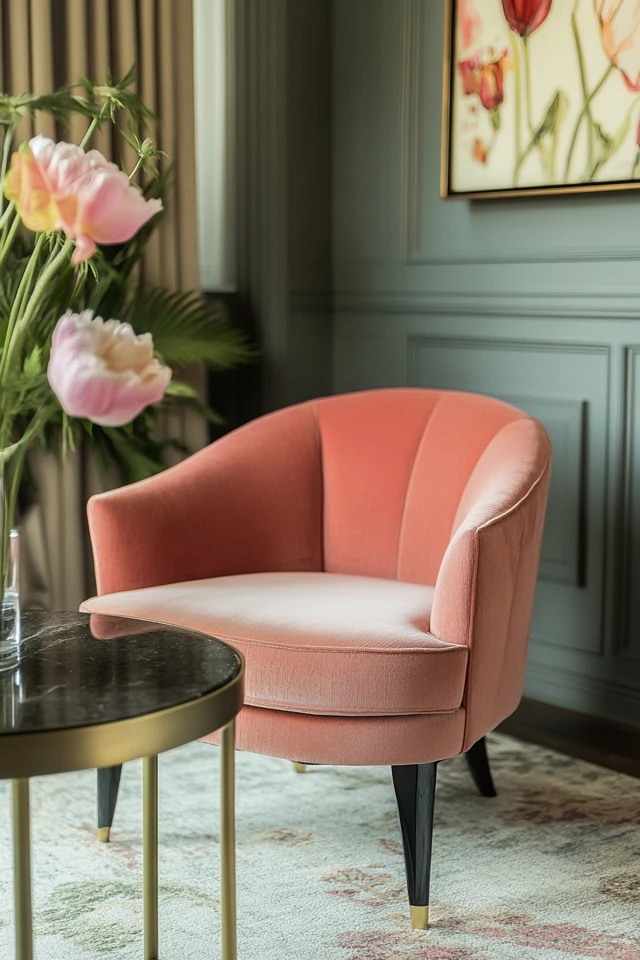
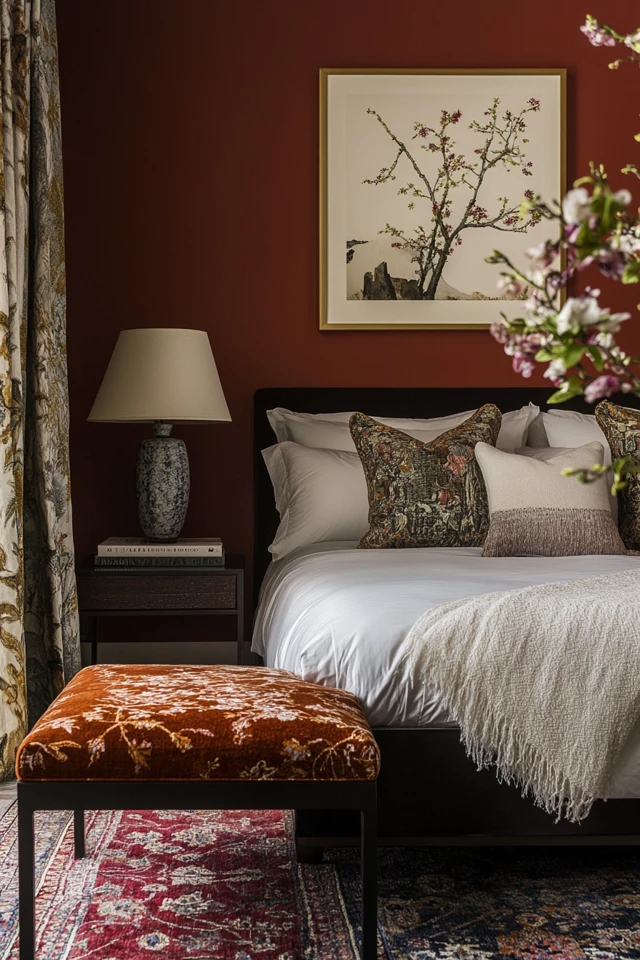
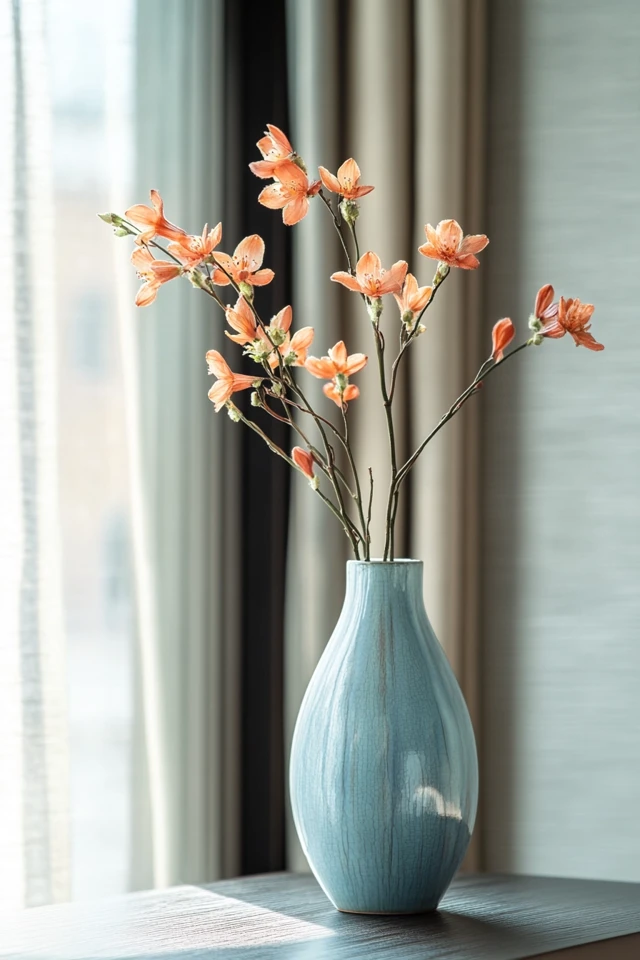
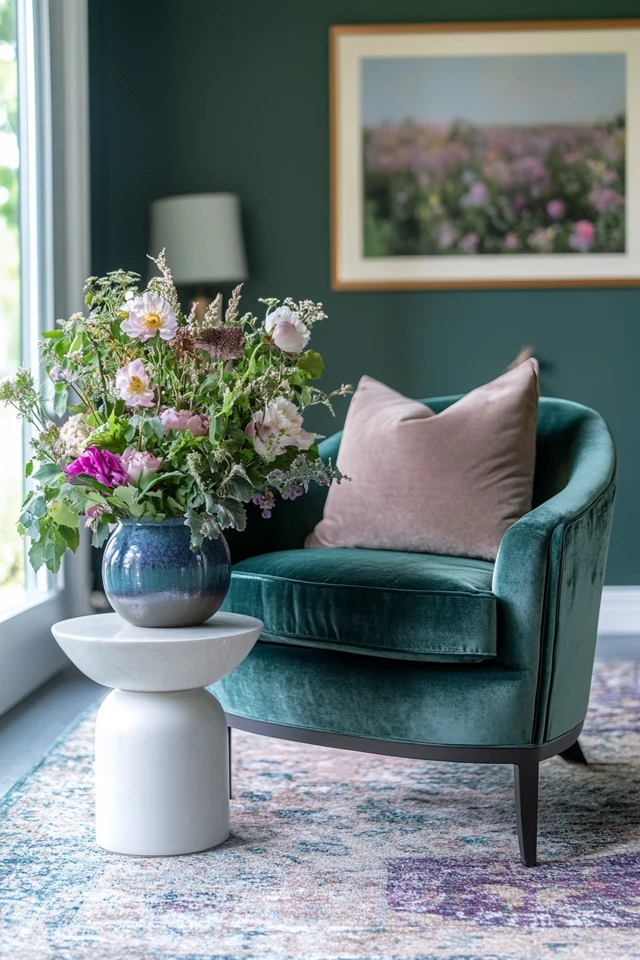
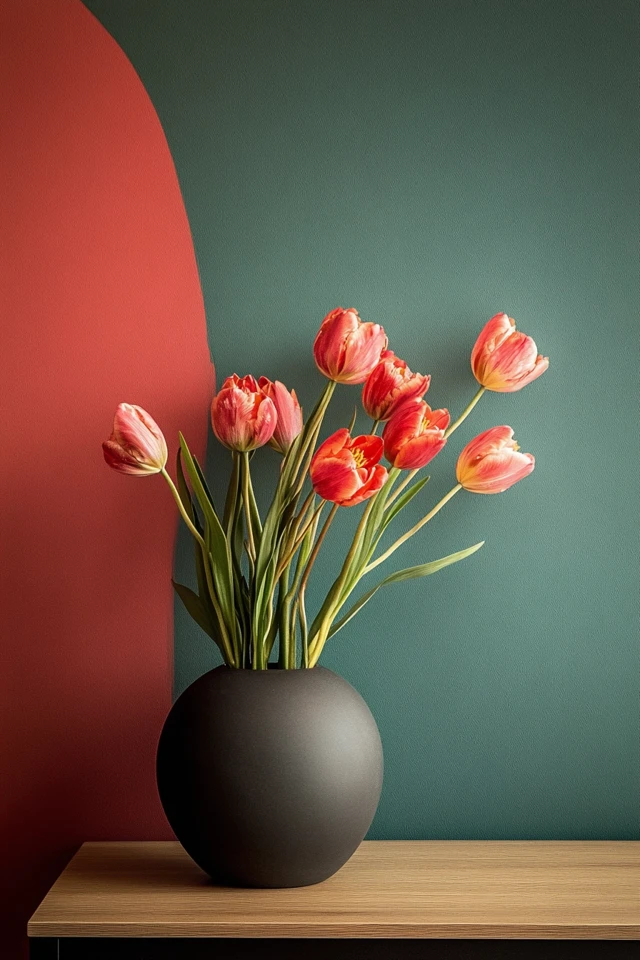
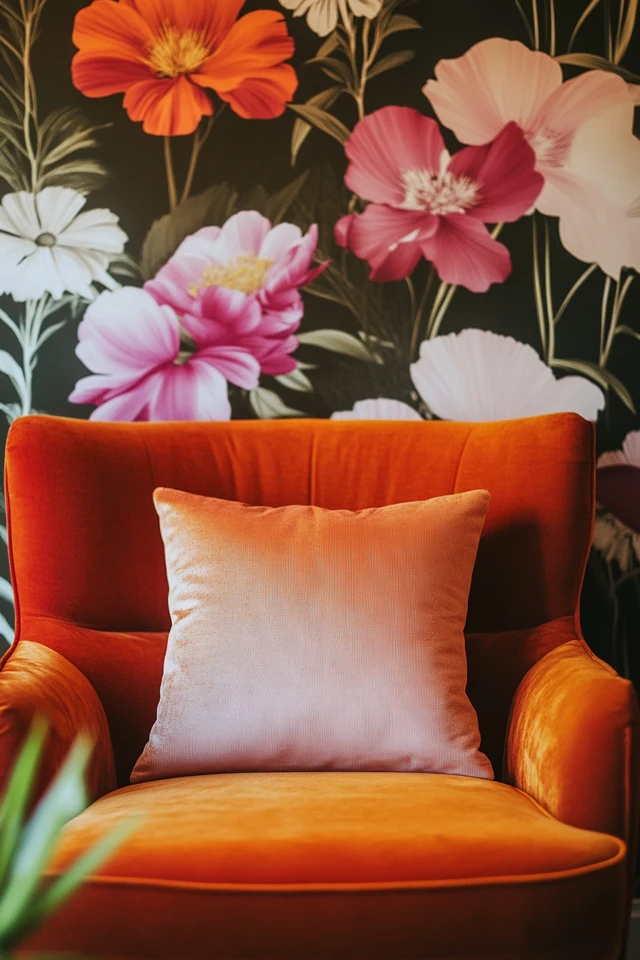
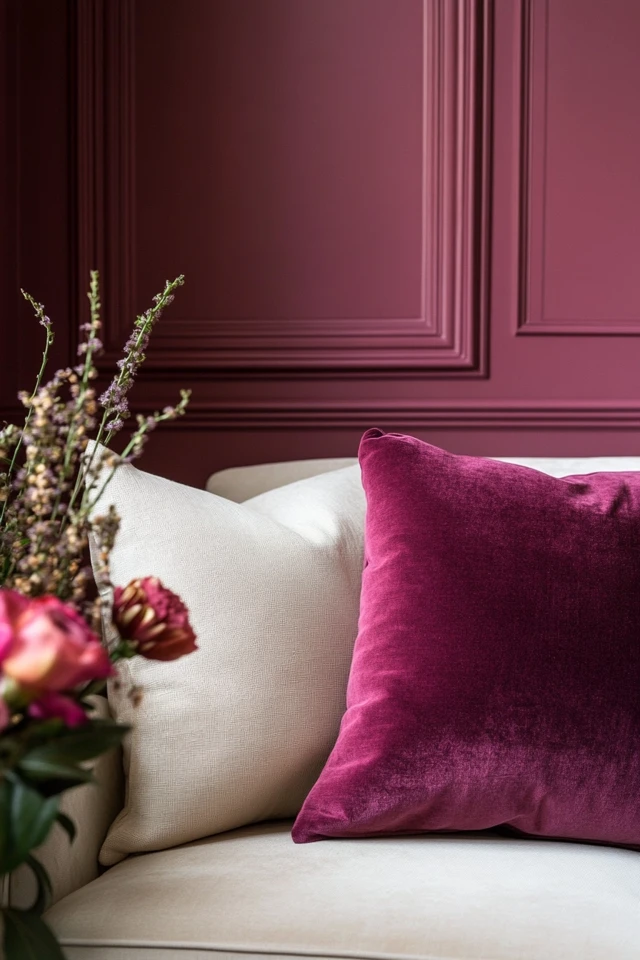
Conclusion
Enhancing your room’s visual appeal doesn’t require a complete overhaul. By focusing on subtle changes—like upgrading lighting, layering textures, or adding plants—you can create a space that feels fresh, cohesive, and effortlessly stylish.
I’ve learned that even the smallest tweaks can transform a room. A new throw pillow, a rearranged shelf, or a strategically placed mirror can make your space feel more polished and inviting. So take a step back, evaluate your room, and start with one or two small enhancements.
The beauty of subtle changes is that they’re easy to try, and you can build on them over time. With a little creativity and attention to detail, your room can go from ordinary to extraordinary without breaking the bank.
FAQ
What’s the easiest way to enhance my room’s visual appeal?
Start with lighting and decluttering—these changes have an immediate impact and are easy to implement.
How do I make a small room look more visually appealing?
Use mirrors to create the illusion of space, keep the color palette light and cohesive, and avoid overcrowding with too much furniture.
Can I enhance my room on a budget?
Yes! Focus on affordable upgrades like swapping pillow covers, adding plants, or using peel-and-stick wallpaper for subtle changes.
What’s the best way to create balance in my room?
Distribute visual weight evenly by pairing matching decor, anchoring furniture, and mixing tall and low items for a harmonious look.
How often should I refresh my room’s decor?
Refresh your room whenever it starts to feel stagnant or cluttered. Small seasonal updates can also keep the space feeling fresh.

